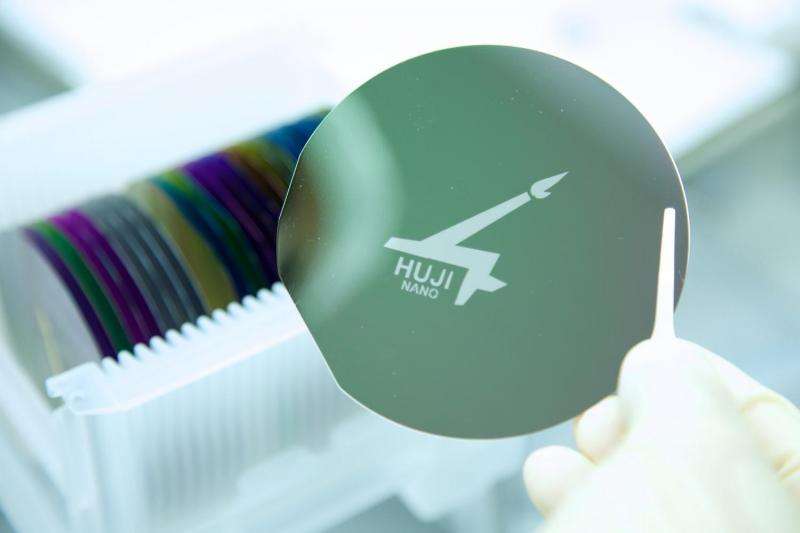Ultra-precise chip-scale sensor detects unprecedentedly small changes in environmental conditions at the nanoscale

Chip scale high precision measurements of physical quantities such as temperature, pressure and refractive index have become common with nanophotonics and nanoplasmonics resonance cavities. As excellent transducers to convert small variations in the local refractive index into measurable spectral shifts, resonance cavities are being used extensively in a variety of disciplines ranging from bio-sensing and pressure gauges to atomic and molecular spectroscopy. Chip-scale microring and microdisk resonators (MRRs) are widely used for these purposes owing to their miniaturized size, relative ease of design and fabrication, high quality factor, and versatility in the optimization of their transfer function.
The principle of operation of such resonative sensors is based on monitoring the spectrum dependence of the resonator subject to minute variation in its surrounding (e.g., different types of atoms and molecules, gases, pressure, temperature). Yet despite several important accomplishments, such optical sensors are still limited in their performances, and their miniaturization is highly challenging.
Now, a team from the Hebrew University of Jerusalem has demonstrated an on-chip sensor capable of detecting unprecedentedly small frequency changes. The approach consists of two cascaded microring resonators, with one serving as the sensing device and the other playing the role of a reference—thus eliminating environmental and system fluctuations such as temperature and laser frequency.
"Here we demonstrate a record-high sensing precision on a device with a small footprint that can be integrated with standard CMOS technology, paving the way for even more exciting measurements such as single particle detection and high precision chip scale thermometry," said Prof. Uriel Levy, Director of the Harvey M. Krueger Family Center for Nanoscience and Nanotechnology at the Hebrew University of Jerusalem, and a faculty member at the Department of Applied Physics in the Rachel and Selim Benin School of Computer Science and Engineering.
Among the innovations that made this development possible are chip scale integration of reference measurement, and a servo-loop locking scheme that translates the measured effects from the optical domain to the radio frequency domain. These enabled the researchers to quantify their system capabilities using well-established RF technologies, such as frequency counters, spectrum analyzers, and atomic standards.
More information: Liron Stern et al. Ultra-precise optical to radio frequency based chip-scale refractive index and temperature sensor, Optica (2016). DOI: 10.1364/OPTICA.4.000001
Journal information: Optica
Provided by Hebrew University of Jerusalem

















